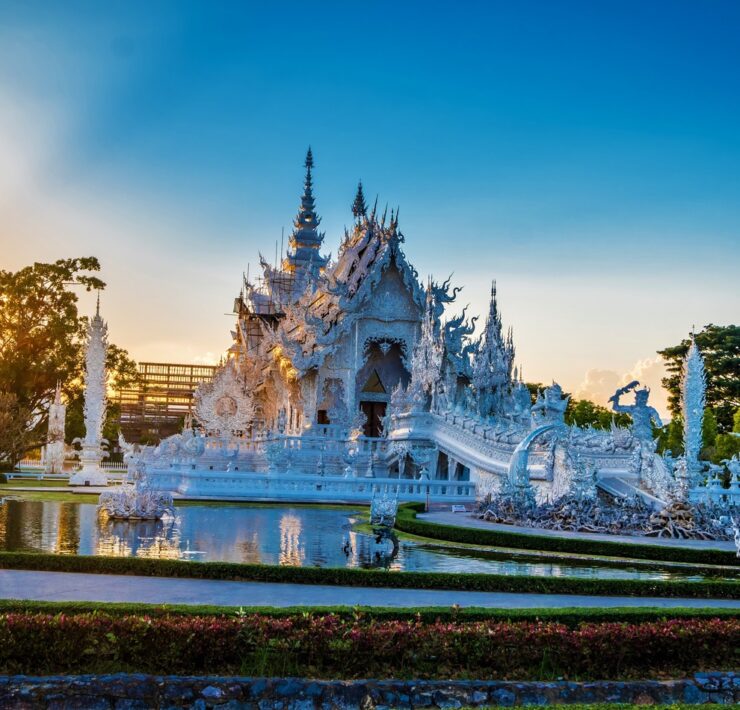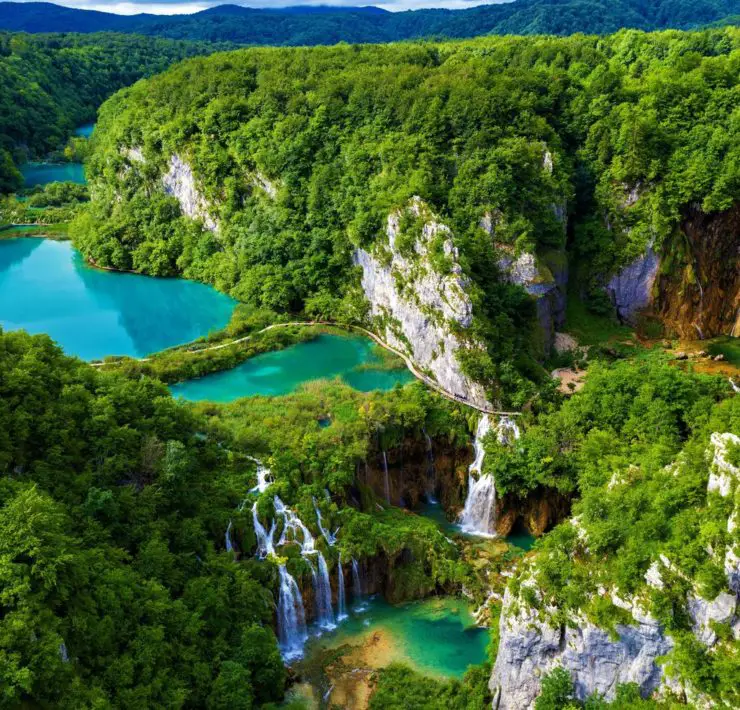The Khmer Rouge was a ruthless regime that began to take control of parts of rural Cambodia as early as the 1960s. The group wreaked havoc across the country in the name of nationalism and traditionalism until the late 1970s, when the Vietnamese stepped in militarily and took them out of power. The Khmer Rouge took power under the ideals of communism. They easily won the support of many tribal people living in the country’s jungles and sought to eventually have a country of people who all lived in that same way.
Their leader, Pol Pot, believed that the best lifestyle for individuals and for the nation as a whole was a simple agrarian one, free of religion or education. As his regime gained popularity and authority, Pol Pot began giving out orders for the extermination of anyone who actively chose a different lifestyle: religious leaders, teachers and professors, businessmen, urban professionals, and anyone else who had been “contaminated” by western ideals.
It is quite astounding that only a few people have heard of this regime’s atrocious legacy considering that they were in power for about a decade, and in that time managed to execute and estimated 1 to 2 million people. This number doesn’t even take into account the deaths they were responsible for due to starvation, malnutrition, and disease. Many more deaths came from those causes, due to the disastrous fact that the regime tried to have the fastest and “most efficient” transition to communism that the world had ever seen.
In the present day, the “Killing Caves” of the Khmer Rouge stand as a testament to the group’s terrible cruelty and a memorial to those who were systematically killed in the name of their ideals. Visitors from around the world can come and see the places where the group did most of their killing, and hopefully, they will learn an important lesson from this incredibly dark time in Cambodia’s history: such injustices must be stopped.
If you should choose to visit the caves on a trip to Battambang, Cambodia, you will be sure to learn of the caves on a whole new level and will walk through them in greater solemnity than you might have expected. The caves are skylit and are now home to several memorials. Unspeakable tortures occurred there and in the surrounding mountains, and the simple exhibits including the remains of some victims and paintings of the atrocities endured made by survivors serve as a provocative reminder of what happened there only about 50 years ago.
When On Earth Magazine is for people who love travel. We provide informative travel guides, tips, ideas and advice regarding places to see, things to do, what to taste, and much more for world travelers seeking their next dream vacation destination.






